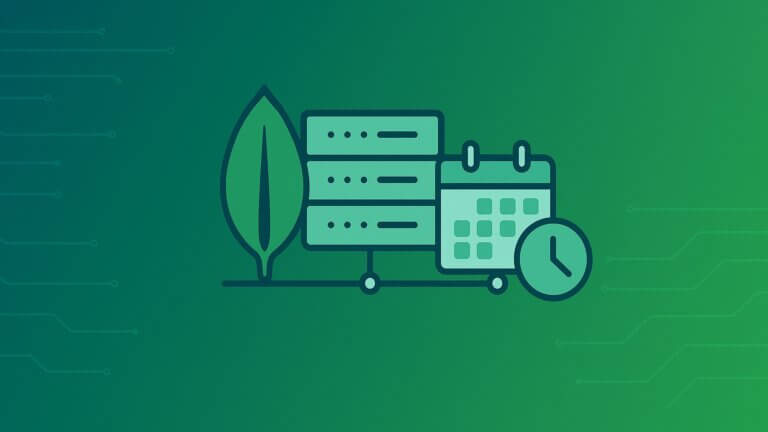EC2 scheduling is worth mentioning whenever we start talking about AWS cost optimization or carbon emissions. The reason is simple. Its not a secret that services like AWS’s Elastic Compute Cloud (EC2), has transformed the way businesses operate and became widely used resource for more than 1 million of users. But, with these advancements comes a responsibility to ensure that we’re using these resources wisely, especially for economic and environmental reasons.
Why EC2 scheduling is important?
To put it into perspective, think about your daily commute to work. Once you’ve parked your car, would you leave the engine running all day? Even if there were a hefty discount on fuel, would the cost savings justify the waste? Beyond the obvious financial folly, think about the unnecessary emissions and the depletion of a non-renewable resource.
In much the same way, leaving EC2 instances running when not in use, even if costs are managed, isn’t just wasteful — it’s environmentally irresponsible.
The Green Energy Argument
Many cloud providers, including AWS, are making commendable strides toward powering their massive data centers with renewable energy. On the surface, one might argue that if the power comes from green sources, then the environmental concern is negated. However, this view misses a crucial point.
Even if our cloud resources are powered by 100% green energy, there’s a cap on how much of this renewable energy is available at any given time. Every watt of green energy used to power idle EC2 instances is a watt that could have been used elsewhere.
Thus, by reducing our cloud resource consumption, we’re effectively freeing up green energy for use in other areas, accelerating the world’s transition to sustainable energy sources.
CO2 Emissions VS EC2 Scheduling
While it’s true that data centers powered by green energy significantly reduce their carbon footprint, our global transition to renewables is still in progress. Until that 100% green energy future is realized, every idle EC2 instance contributes to carbon emissions somewhere in the supply chain. Efficient usage of resources means reducing this footprint.
Efficient Cloud Management: A Broader Perspective
Adopting a sustainable approach to cloud computing extends beyond EC2:
- Development Environments: These rarely need 24/7 uptime. Scheduling downtimes during off-hours can lead to substantial energy savings.
- RDS: rarely stopped on development environments.
- Batch Processing: If tasks run during specific hours, ensure instances are active only when needed.
- Scalable Systems: AWS’s auto-scaling can match demand, ensuring you’re not over-provisioning resources.
Conclusion
The transformative potential of cloud computing is boundless. However, as we venture deeper into this digital age, it’s paramount that our steps are taken with consideration for our planet.
EC2 scheduling and adopting a mindful approach to resource usage is more than just an economic strategy — it’s a pledge toward a sustainable future. The less energy we consume in the cloud, the more renewable energy there is available to make a difference elsewhere. The next time you look at your EC2 dashboard, remember: it’s not just about the cost, but also the broader impact. Every instance, every watt, every decision counts.



